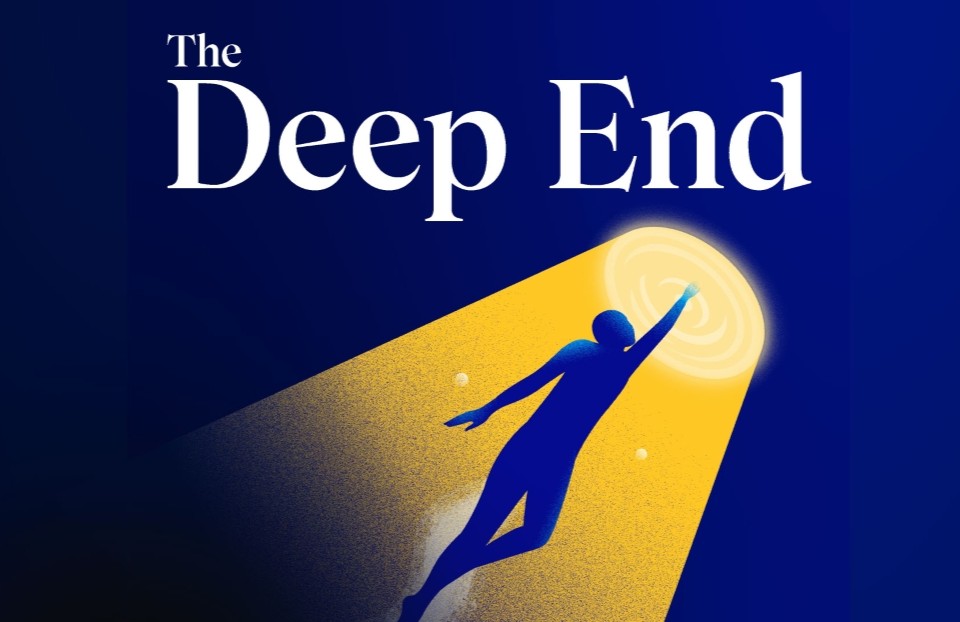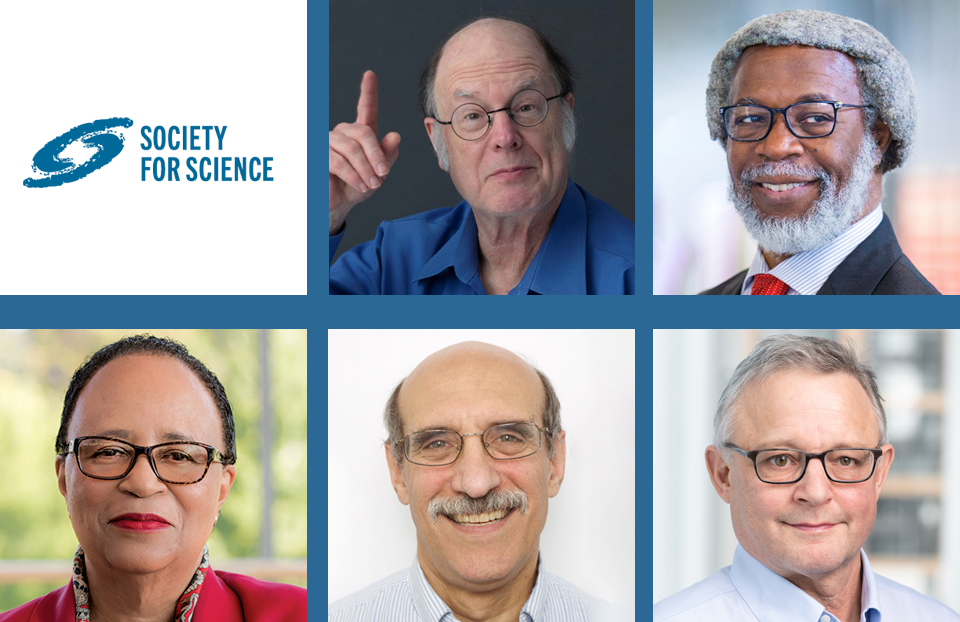Science News through the decades
Society for Science & the Public (Society), formerly Science Service, was born as an organization in 1921 for the purpose of disseminating scientific information to newspapers around the country. The Society’s co-founder, E.W. Scripps, of the influential publishing family, felt that democracy was threatened by a lack of scientific understanding. William E. Ritter, the Society’s other co-founder, explained in a speech in 1926 that Scripps felt democracy relied on an intelligent society, “but, since to be intelligent is utterly impossible without having much of the knowledge, the method, and the spirit of science, the only way to make democracy safe is to make it more scientific.”
Scripps and Ritter sought to advance the cause by creating a news service that sent stories on the latest science research to newspapers. Ritter said that one of Scripps’ philosophies was to “get the truth just as far as possible; write the essence of it so simply and clearly that anybody who can read at all can understand it,” and to distribute it widely.
Soon, non-journalists were requesting the information so, in 1922, Science Service launched a simple publication, Science News-Letter, that became the magazine Science News Letter in 1926. The magazine reported on the early days of atomic energy, the beginnings of modern genetics, and the many other astounding scientific and technological developments of the early 20th century. It quickly grew into a valued source of science news for libraries, schools, and individuals.
In 1966, the publication evolved into Science News. Over the latter half of the 20th century, the magazine gained fame for its outstanding accessible coverage of the latest scientific advances.
Science News launched www.sciencenews.org in 1996. Today the site attracts more than 4 million unique visitors annually. In addition to content from the print magazine, the site offers web-exclusive articles, archives, and interactive media.



